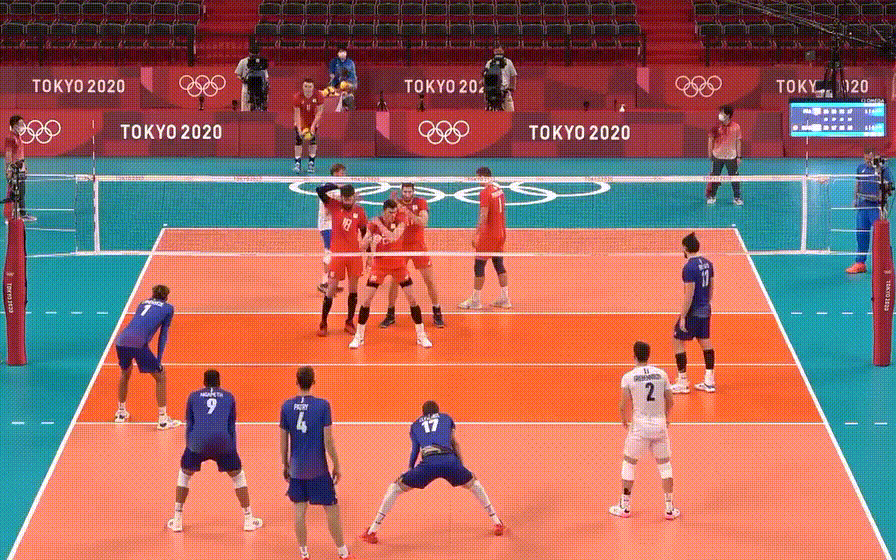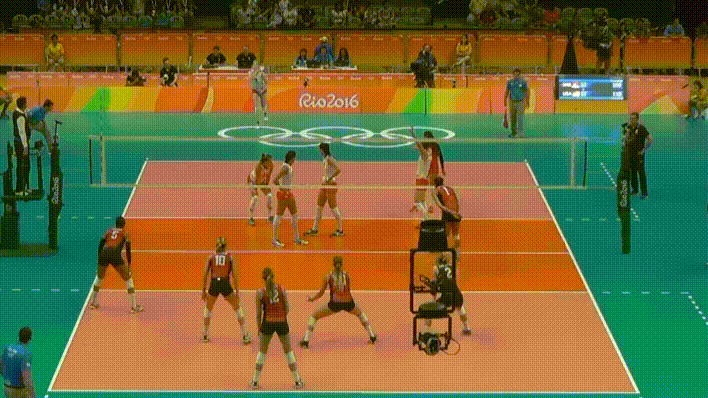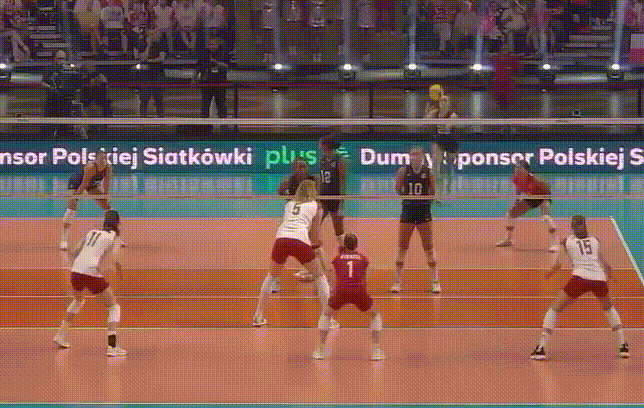DBU - GBI
A differential variation for your passing tutors
Summer is (almost) here and that means we’re talking Sideout at SmarterVolley. Check out the Offense Profiles for some statistical research. The content in the month of May will revolve around passing, before we move into attacking research and content in June and July.
Today, I’m sharing an aspect of passing technique that makes for a good differential variation in your Goldilocks training and fits well into a pre-practice tutor or something like 4-Ball Passing. (Also: this one is a bit gif-heavy so it may play better in your browser than your email client.)
Webinar Reminder
At the end of the month (May 26) I’ll be hosting a webinar for Premium Subscribers. This will be a module from my Offensive Concepts seminar. This May I’ll present some of the reception systems I use in my offensive system and show you how to set them up. If you can’t get to a live event, this is a great time to become a Premium Subscriber and get access to this webinar.
“Move Your Feet”
If there’s one phrase that can compete with “we gotta talk out there!” for Most Shouted With Exasperation By Club Volleyball Coaches Everywhere, it’s “move your feet!” Coaches loooooove when those feet are moving. If every kid could be a little more like Trevor Clevenot, the youth coaches of the world would be happy.
Operating under the premise that cliches contain a nugget of truth, we’ll say that coaches want passers to move their feet, because passing in the midline seems to be more effective than passing outside the body.
I don’t want to hash out that whole debate right now, because I want to focus on a smaller aspect of that, specifically: how do you handle balls served on a deeper depth than where the passers are standing previously?
Don’t Back Up
The first tool that I like passers to have in their toolbox is Don’t Back Up. As the ball drives deep on you, Don’t Back Up. Instead, open your body up to allow space between your torso and the ball, so you can shape your angle. I had the privilege to work with the great Kayla Banwarth, and I think she was the best I ever saw at this.
This skill becomes even more important if there’s also a lateral component. Here’s the best passer in the Korean league.
I love this clip and use it as a demo example for players.1 So there’s clearly some moving of the feet here, but you wouldn’t call it “getting behind the ball” and she doesn’t back up at all. You could draw a line behind her feet and she wouldn’t touch it.
Get Behind It
While I think you see high level passers opening up and cutting the ball off more than moving backward, you do still see good passers with that tool in their toolbox. Here’s an elite passer giving some ground as she makes this pass.
I don’t think it’s bad to have this tool in your toolbox.
At the higher levels, we see liberos being more comfortable with this tool and using it more than outside hitters. If outside attackers make a habit of giving up a lot of ground as they pass, it makes it harder for them to attack. The common perception is that short-serving is disruptive to an attacker, but I actually think a deep serve that causes the hitter to back up and pass is more disruptive to an approach, especially if the team wants to set with any kind of fast tempo.
DBU - GBI
I mention this in the Goldilocks Passing article, but this is an aspect that I like to incorporate a few different ways in training. Certainly, I’ll just get out my blue tape and put tape on the floor behind the player and tell them they have to pass without stepping on the tape. Or we can go analogy and “pass like our back is to the wall”. Sometimes in pre-practice I would actually get a passer and bring them over to a wall and have them stand fairly close to the wall and snap balls at their shoulders. I think this helped a couple of them.
The differential/Goldilocks method here is something like:
Pass a 3-Ball Sequence
Don’t Back Up
Get Behind It
Just Pass
So the first ball in the sequence, they have to use this Don’t Back Up / Open Up / Cut It Off technique. On the second ball, they can’t pass the ball outside the body or above their shoulders. So they have to move their feet and “get behind it” to pass the ball.
And I think the key here is that the third ball is “just pass.” Don’t focus as much on the technique, just think about getting the ball to target and let your body do the rest. The first 2 reps provide some varied stimulus and over time your body will learn to use the right tool at the right time.
I also love it more because so many players in the Korean league have a lot of deep knee bends, a lot of getting low, a lot of bodying the ball… and yet the best passer in the league is more upright, more simple, and is the best at shaping her angles. #GMSBias.





Hi Joe, I recently encountered an interesting observation that in girls beach volleyball a lot of coaches emphasize in passing in mid line. Ofc in my non-research based opinions all passers should know how to pass outside body, and purely pass mid line only would do more harm in both beach and indoor. What do you think?